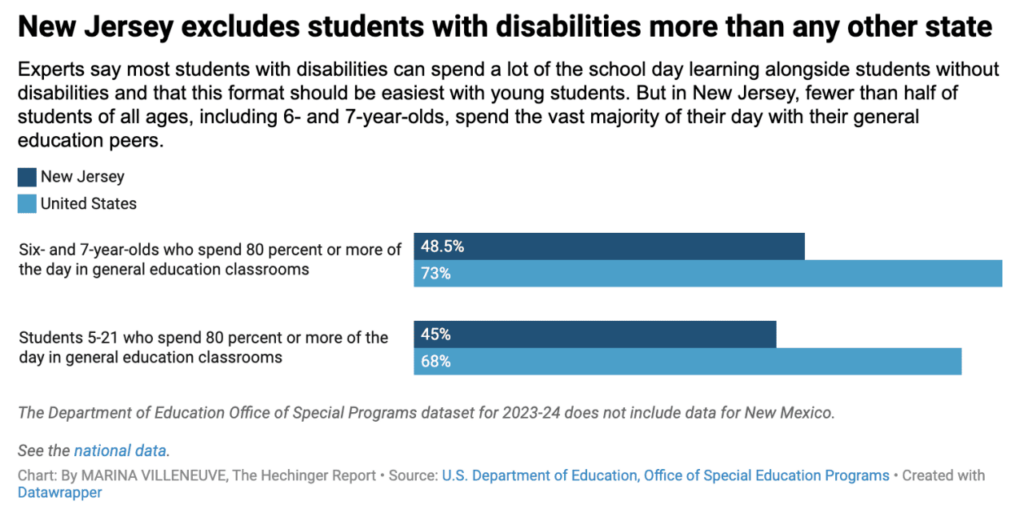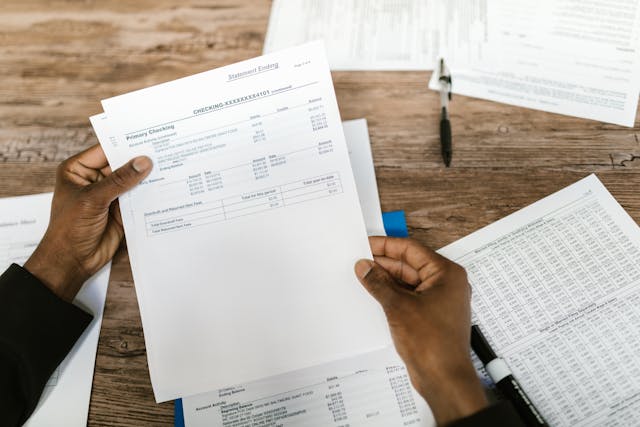Bank Accounts To Consider For Your Child In 2024

As cash becomes less prevalent, it’s crucial to teach children financial literacy early.
Opening a bank account for your child can instill valuable money management skills and budgeting habits. According to MoneyWeek, junior savings accounts and ISAs are great for long-term savings; however, children may benefit from having access to funds for day-to-day spending and learning.
Many banks now offer current accounts specifically designed for children. “Children’s financial habits are formed by age 7,” said Louise Hill, co-founder of the GoHenry pocket money app. “…With lack of financial education in primary schools, kids miss a huge opportunity to master money skills that influence their decisions for life.”
Choosing the Best Account
The ideal kids’ accounts balance affordability, accessibility, and educational tools. When selecting an account, prioritize low or no fees, convenient access methods, and features that encourage saving habits.
MoneyWeek notes that it’s wise to distinguish between account types based on your goals. Look for key features such as linked savings accounts and spending controls. Additionally, consider interest rates as banks are now offering higher returns due to increased base rates. Current accounts facilitate accessible funds for learning experiences. Savings accounts accrue interest on larger sums. Junior ISAs provide tax-efficient long-term investing, though funds are locked until age 18.
Opening an Account for Your Child
The application process mirrors opening an adult account, as reported by Time, provides basic personal details like names, birthdays, and social security numbers for both parent and child. Contact information, ID verification, and funding the initial deposit are also typical requirements. If opening online, you’ll need account and routing numbers to facilitate transfers.
Many providers issue debit cards to kids, allowing spending oversight after activation. This hands-on experience is valuable, but timing is key.
There is no definitive “best” age to open an account, as children develop financial awareness at varying paces. Experts recommend starting with a savings account around age 6 to nurture financial curiosity. Some children show readiness through chore earnings or academic incentives, while others display interest once employed. Whenever natural money management opportunities arise, initiating banking access reinforces positive lifelong habits. As kids earn an allowance or job income during their teens, a spending account builds budgeting prowess.
According to Time, parents should consider one of the following bank accounts for their child.
Banks with Spending Limits
Axos First Checking
Teens ages 13 to 17
Zero monthly maintenance fee
$50 minimum deposit
Checking account balances earn interest
Daily transaction limits: $100 for cash withdrawals, $500 for debit card purchases
GoHenry
Prepaid debit cards from services like GoHenry act as digital “pocket money” accounts, allowing parents to load funds with spending notifications and parental controls.
Children as young as 6 years old
Reloadable debit card
Includes savings options
No load, transaction, or foreign fees
$4.99 to $9.98 monthly fee
Add up to four child accounts
Use any ATM
Step
A great option to build credit, Step offers teens the freedom to spend, save, and invest
Secured Visa debit card
Mobile banking app
No monthly or overdraft fees
No minimum balance required
Smart Pay feature to build credit
Report positive payment history to major credit bureaus
Competitive savings rate
Chase First Banking
Kids can enjoy a more traditional banking experience as they spend and save with access to over 15,000 Chase ATMs.
Ages 6 to 17
Chase debit card
In-store and online purchases
No minimum deposit or monthly fees
Set spending limits and alerts
The parent must be a Chase customer
Accounts to Focus on Savings
Capital One 360
This fee-free banking option offers multiple accounts to fund different goals.
Kids savings account
MONEY teen checking account
Joint parent-teen account
Debit card
Online banking app
No minimum deposit or monthly maintenance fees
Savings account earns 2.5% APY
Set up multiple accounts
Copper
Teach your child about personal finance and money management with a Copper debit card.
For kids and teens
Copper debit card to spend and withdraw
Savings rewards
Direct deposit
Divvy
Auto-reload to transfer money
Investing portfolio
Alliant Credit Union
Teen checking accounts for ages 13 to 17
Kids savings accounts 12 and younger
It must be a joint account with a parent or grandparent
No minimum balance or service fees on teen checking account
Debit card
Competitive rate on kids savings
MPH “Makes People Happy” Bank
Spending and savings account for ages 10 to 24
Contactless debit card
No monthly fees
Savings app for kids
Savings balances earn interest above traditional bank accounts
Employed teens get paid two days early with direct deposit
All-in-one App
Greenlight
The banking and investing app offers a great option with several parental controls.
Kids and teens
Debit card
Earn 1% cash back for savings
Savings rewards with up to 5% bonus
Parents pay kids through the Greenlight app
Set controls on spending
Keep track of spending and withdrawals through notifications
Monthly fees between $4.99 to $14.98
Across providers, common benefits include no overdraft fees, robust parental monitoring, and easy-to-use digital platforms engaging kids in money management. With age-appropriate banking tools, children gain real-world experience managing funds responsibly under parental guidance.
RELATED CONTENT: Best Credit Cards for Small Business Owners




